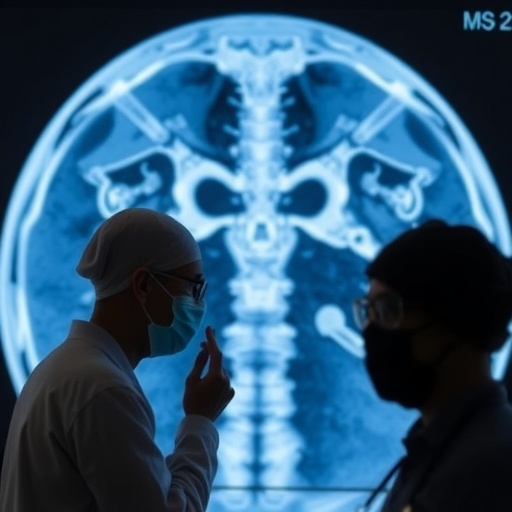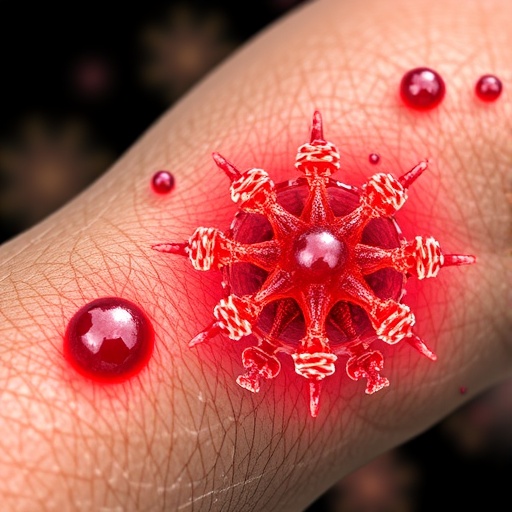In October 2023, a mass casualty event in southern Israel generated an unprecedented flood of trauma patients that overwhelmed medical systems and challenged conventional emergency response protocols. At the heart of this crisis was Soroka University Medical Center (SUMC), the sole level 1 trauma center in the affected region, which became the primary evacuation facility receiving over 673 injured individuals. This extraordinary medical onslaught required rapid adaptation in radiology services, fundamentally transforming how crisis imaging is conducted under extreme, multilayered pressures.
Unlike traditional mass casualty episodes characterized by distinct phases of chaos, stagnation, and recovery, the October incident exhibited an extended chaotic phase lasting beyond 24 hours. The simultaneous occurrence of ongoing missile alerts while treating a continuous stream of victims made this scenario unique, merging sustained operational hazards with the urgent demand for imaging. Patients arrived via ambulance, helicopter, and private vehicles with minimal prehospital triage due to the distributed nature of attacks, leading to a relentless, dynamic intake of severely injured individuals. This immediate strain placed immense demand on imaging resources critical for the diagnostic and therapeutic decision-making process.
Within the first eight hours alone, over 400 casualties reached SUMC, many with complex penetrating injuries caused by ballistic and explosive forces. Radiology, often a cornerstone of acute trauma care, faced the daunting task of maintaining throughput and accuracy amidst logistical challenges and staff safety concerns. The hospital rapidly mobilized personnel, assigning radiologists at each CT scanner to expedite study interpretation in real time. Non-emergency department imaging systems, including shielded radiotherapy and PET-CT scanners, were repurposed to distribute the caseload and minimize bottlenecks in patient processing.
Technical innovations played a pivotal role in managing this crisis. An integrated multi-algorithm artificial intelligence suite was deployed to analyze all computed tomography (CT) scans as they were performed. This AI not only accelerated the detection of critical findings but also employed natural language processing to cross-verify radiology reports against imaging, highlighting any discrepancies swiftly. While AI did not replace human triage, it functioned as an indispensable safety net, enhancing diagnostic reliability under extreme throughput conditions.
Analyzing 24 hours of operational data revealed striking improvements in workflow efficiency. Median CT turnaround times from order to completion dropped from an average of 54 minutes during normal operations to just 28 minutes amidst the crisis surge. This counterintuitive acceleration resulted from strategic staff deployment, site-specific scanner use, and immediate radiologist presence at consoles guiding imaging studies. Conversely, X-ray completion times increased slightly from 43 to 49 minutes, reflecting a conscious prioritization of CT capacity for critical trauma cases given the higher diagnostic yield of cross-sectional imaging in complex injury settings.
SUMC’s response also necessitated innovative re-triage workflows at the imaging sites themselves. By implementing on-site patient reassessment, the radiology team could dynamically allocate resources, minimizing missed injuries and reducing diagnostic delays. These processes were essential in a context where prehospital triage was limited and patient acuity fluctuated rapidly. Moreover, protective measures, including the use of shielded facilities and staggered patient routing, ensured both patient and staff safety during ongoing missile alerts, exemplifying a robust crisis-adaptive infrastructure.
Maintaining care continuity for non-mass casualty emergencies presented an additional layer of complexity. Despite the overwhelming influx related to the attack, SUMC preserved parallel clinical pathways allowing urgent non-trauma imaging and evaluation. This strategic compartmentalization underscored the importance of balanced disaster planning, which must simultaneously address life-threatening trauma without neglecting other critical acute medical needs.
The human dimension of this crisis response cannot be overstated. Radiology and emergency department staff navigated unprecedented stress and fatigue while managing professional duties alongside personal concerns about ongoing external threats. Their resilience and commitment were critical to sustaining service delivery during a protracted period of uncertainty and physical danger. Recognizing such challenges emphasizes the necessity of incorporating health care worker well-being into disaster preparedness plans, including mandated rest cycles and protected respite spaces.
Lessons learned from this incident have broad applicability. Key strategies include rapid staff surge deployment with clearly defined roles, site-specific imaging triage management, utilization of non-traditional shielded scanners outside the emergency department, and the integration of AI for real-time diagnostic safety checks. These protocols are scalable and adaptable, making them valuable for hospitals of varying sizes and capabilities globally.
Furthermore, the inclusion of pre-credentialed remote teleradiology services can extend staffing flexibility, allowing phased activation and reducing on-site burnout. Ensuring robust communication channels among multidisciplinary teams during crises enhances operational coordination and clinical outcomes.
Preparation, innovation, and adaptability emerge as the triad essential for radiology departments facing modern mass casualty threats. Training focused on resilience and flexibility—rather than rigid adherence to outdated protocols—will equip medical systems to respond effectively to unpredictable disaster scenarios. The integration of advanced imaging technology, AI-assisted diagnostics, and human-centered operational design forms a blueprint for future emergency medical response.
Ultimately, the experience at Soroka University Medical Center illustrates that managing high-volume mass casualty incidents demands not only technical and procedural innovation but also profound psychological support for caregivers. This dual approach ensures that both patient survival and provider welfare are sustained during some of the most challenging conditions imaginable in modern medicine. As threats evolve globally, such pioneering models of crisis-informed imaging will be increasingly vital components of resilient health care infrastructures.
Subject of Research: People
Article Title: Crisis-Responsive Imaging: Lessons from a High-Volume Mass Casualty Incident
News Publication Date: 30-Sep-2025
Web References:
Radiology journal: https://pubs.rsna.org/journal/radiology
Radiological Society of North America (RSNA): https://www.rsna.org/
Patient information on emergency imaging: http://www.radiologyinfo.org
Image Credits: Radiological Society of North America (RSNA)
Keywords: Emergency medicine, Emergency rooms, Traumatic injury, Radiology
Tags: adapting radiology serviceschallenges in trauma carecomplex penetrating injuriesdynamic patient intake processesemergency radiology protocolsemergency response to mass casualtiesimaging under crisis conditionsmass casualty eventsmedical response to terror attacksoperational hazards in healthcareSoroka University Medical Centertrauma patient management





